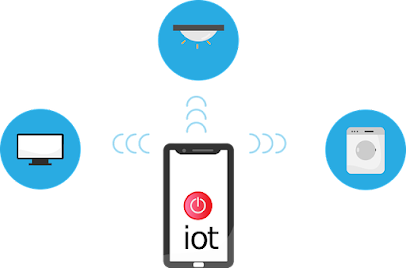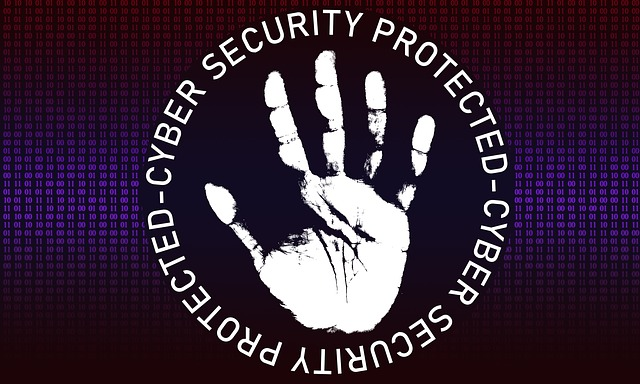Cyber Security and Privacy in the Digital Age: Guardians of the Digital Realm
The digital sphere has become a vital aspect of our lives in today's interconnected society. We shop online, connect with friends and coworkers, keep our most private information, and conduct financial activities all over the internet. While the digital revolution has provided unprecedented ease, it has also raised serious worries about cyber security and privacy. In this blog, we'll go further into the complicated scenario of cyber security and privacy in the digital age, looking at the threats lurking in the shadows as well as the steps we can take to safeguard our digital identities.
Recognizing Cyber Security
 |
| cyber security and privacy |
Cyber Security Definition
The technique of securing digital systems, networks, and data from theft, damage, or illegal access is known as cyber security. It includes a wide range of technologies, processes, and behaviors aimed at protecting digital information.
The Changing Threat Scenario
The world of cyber threats is evolving, getting more sophisticated and diverse. Cybercriminals use a variety of strategies to exploit vulnerabilities in digital systems, including malware, phishing, ransomware, and social engineering.
The Expensive Cost of Cyber Attacks
Cyber attacks can be harmful to both persons and corporations. They can cause severe financial losses, data breaches, reputational harm, and legal ramifications. Data breaches can result in a loss of customer trust as well as regulatory fines for firms.
Governments' and Regulations' Roles
Governments all over the world are enacting legislation to address cyber security problems. For example, the European Union's General Data Protection Regulation (GDPR) requires enterprises that handle personal data to adhere to stringent data protection regulations. These rules are intended to guarantee that businesses take data security and privacy seriously.
The Right to Privacy in the Digital Age
In the Digital Age, What Is Privacy?
The right of an individual to control their personal information and how it is gathered, utilized, and shared is referred to as privacy. Because of the widespread collecting of data by firms and governments in the digital era, maintaining privacy is a growing problem.
Concerns about data collection and privacy
Tech firms and social media platforms frequently gather massive amounts of user data, generating questions about how this data is used and if it is effectively safeguarded against illegal access. This includes corporations like Facebook and Google's data-driven business strategies, where user data is a valuable commodity.
Social Media and Personal Privacy
Sharing personal information on social media sites can result in privacy violations and expose individuals to a variety of threats, including identity theft, online harassment, and social engineering attempts. These sites may potentially unintentionally expose your personal information to a larger audience than you intended.
Surveillance and Privacy
The adoption of modern technology such as facial recognition and government monitoring operations have created severe privacy issues. As governments endeavor to monitor possible threats while protecting citizens' rights, this has created disputes over the balance between national security and individual privacy.
 |
| facial identity |
The Relationship Between Cyber Security and Privacy
The Interlocking Sphere
Cyber security and privacy are inextricably linked. Strong cyber security measures can aid in the protection of personal data, while privacy precautions can reduce the chance of data breaches. It is critical to regard these sectors as complementing, rather than competing, objectives.
Personal Information Security
Encryption, multi-factor authentication, and secure browsing habits are all effective cyber security methods that can protect sensitive personal information and lessen the danger of data theft. Strict access rules and regular network activity monitoring can also help.
The End User's Role
Individuals must take responsibility for their own privacy and security. Vulnerabilities can be considerably reduced by being conscious of the information they share, carefully configuring privacy settings, and adopting safe online practices.Education and public awareness are critical components of this endeavour.
Enhancements to Cybersecurity and Privacy
Password Strengthening and Authentication
Accounts can be protected by using strong, unique passwords and employing multi-factor authentication. Password management software can make this procedure easier while also increasing security.
Software Updates on a Regular Basis
Updating operating systems, programs, and antivirus software is essential for correcting known vulnerabilities that fraudsters frequently attack. Software developers issue updates to resolve security flaws, therefore deploying these patches on a regular basis is critical.
Encryption
Encrypting data at rest and in transit ensures that it stays unreadable to unauthorized parties even if it is intercepted. Strong encryption is an essential component of data security, especially for sensitive data.
Browsers and Search Engines That Value Privacy
Using privacy-focused browsers like Mozilla Firefox, privacy-focused search engines like DuckDuckGo, and tracking-blocking browser plugins can help secure personal data and reduce tracking. Virtual private networks (VPNs) and other privacy-enhancing technology can help protect your online activities.
Raising Awareness and Educating
Individuals can be empowered to make educated decisions about their online activity and privacy settings through public awareness campaigns and educational programs. Understanding the risks and potential ramifications of inadequate security and privacy practices is critical for adopting preventive measures.
Emerging Trends and Challenges
Machine Learning and AI in Cybersecurity
AI and machine learning are increasingly being utilized to detect and mitigate cyber risks. These systems can scan massive databases in real time, discover anomalies, and respond to threats. They do, however, introduce new obstacles, such as adversarial attacks, in which attackers influence AI systems to avoid detection.
The Internet of Things (IoT) and the Expanding Attack Surface
The growth of Internet of Things (IoT) devices expands cyber criminals' attack surface. Because these devices frequently lack adequate security measures, they are prone to exploitation. Securing IoT devices is an important priority for both manufacturers and consumers.
Encryption and Quantum Computing
The arrival of quantum computing puts present encryption standards in jeopardy. Existing encryption technologies may be broken by quantum computers, necessitating the creation of quantum-resistant encryption. This is an ongoing topic of research in order to assure data security in the quantum age.
The Persistent Battle for Digital Privacy
As technology advances, the quest for digital privacy becomes more difficult. Balancing security, convenience, and privacy is a difficult endeavor that necessitates ongoing adaptation to new threats and technologies.
Final Words







0 Comments